OnePlus Watch 2 vs. Galaxy Watch 6: Both built to last, but in different ways
A more stylish, 100-hour OnePlus Watch 2 can't dethrone the Galaxy Watch 6, with its One UI Watch polish and better sensors.

Enduring and fashionable
OnePlus' second-gen smartwatch is leaps and bounds better than its RTOS-only Watch 1, but it's fair to say that its hybrid Wear OS/ RTOS system has given it some growing pains. If these can be fixed, however, OnePlus has on its hands a stylish smartwatch that lasts 100 hours per charge, days longer than your typical Android watch.
Pros
- Fantastic battery life
- Durable stainless steel
- More attractive design
- Dual-band GPS
- Double the storage
Cons
- Only one large option
- Software/health frustrations in our review
- Disabled crown
- Dimmer display with thicker border
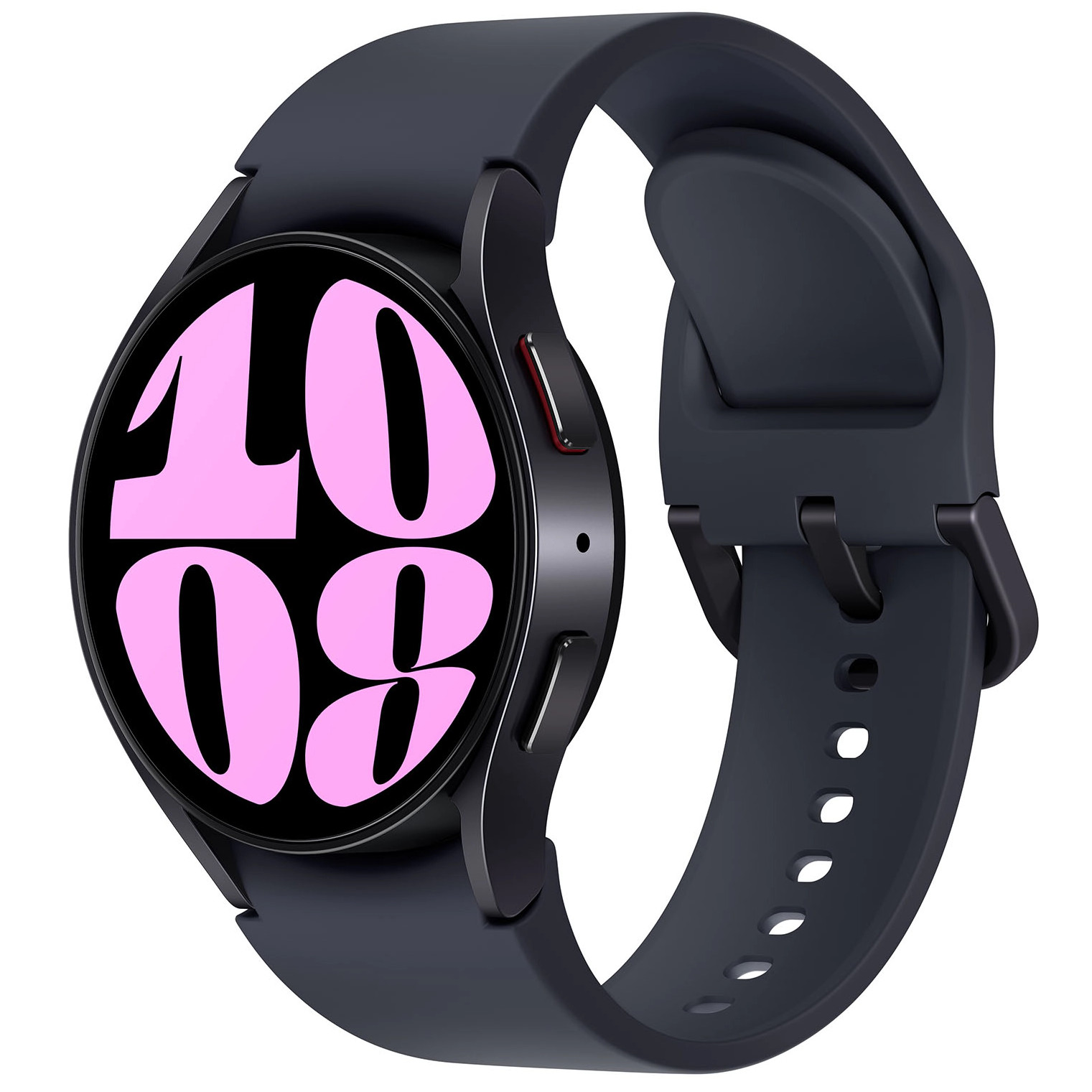
Software supremacy
Samsung's fusion of Wear OS and Tizen OS is arguably more successful and polished than any other Android brand's, though it also demands much more battery power as a result. The Galaxy Watch 6 may not last as long as the OnePlus Watch 2 per charge, but its promised four OS updates gives it a different kind of longevity.
Pros
- Two size options (both lighter)
- Brighter, thin-bordered displays
- 5 years software support
- ECG/ BIA/ temp sensors
- More band options
Cons
- Only 16GB of storage
- Not as stylish-looking
- Much shorter battery life
We're here to compare the new OnePlus Watch 2 vs. Galaxy Watch 6 to see whether the Energizer bunny of smartwatches has what it takes to compete with the best Android watch on the market.
Samsung used to be the brand to beat for battery life. Now, the OnePlus Watch 2 has jumped into the fray with a 100-hour battery life that holds up in testing, while the Galaxy Watch 6 remains fixed at 40 hours.
Of course, there's much more to the smartwatch experience than simply how long it lasts per charge. Samsung's One UI Watch interface, combined with Wear OS 4, is incredibly popular, while OnePlus relies on a hybrid system that uses its own proprietary RTOS for background tasks to save on battery. It's innovative, but also comes with quirks and problems.
Can the OnePlus Watch 2 challenge the Galaxy Watch 6 for its spot on our best Android watches list? To be honest, no. But there are reasons why some people will prefer OnePlus' watch to Samsung's.
OnePlus Watch 2 vs. Galaxy Watch 6: Design and display

We're specifically comparing the OnePlus Watch 2 to the base Galaxy Watch 6 (not the Classic) because they share a $299 price tag. It's fair to say, of course, that the 47mm OnePlus Watch 2 looks more like the 46mm Watch 6 Classic in style and stainless steel materials, but that costs $130 more.
Samsung sells the standard Galaxy Watch 6 in 40mm and 44mm case sizes, giving you more flexibility depending on whether you prioritize comfort or a larger display. The OnePlus Watch 2 is truly only designed for larger wrists.
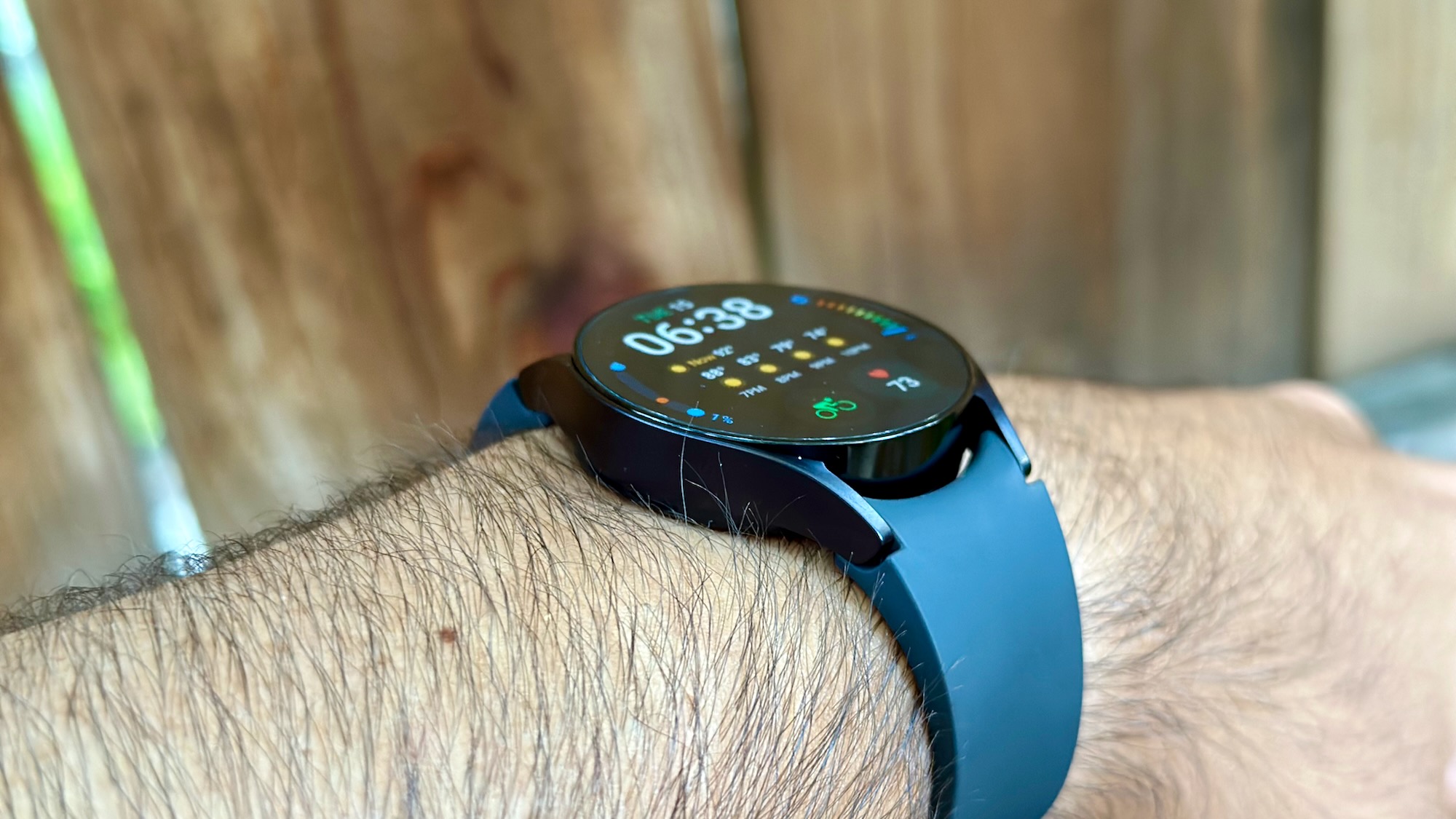
It's also fair to say that the Galaxy Watch 6 design isn't especially attractive. Its flat, machine-cut edges make it look thicker than the rounded Watch 2, even though they're both 12mm thick. That applies more to the 40mm version, though; the 44mm Galaxy Watch 6 has a large enough display that its thickness feels proportional.
Get the latest news from Android Central, your trusted companion in the world of Android
In either case, its thin-bezeled display is tailored to tech fans, while the OnePlus Watch 2 doesn't use its space as effectively but will appeal to fans of traditional watches.
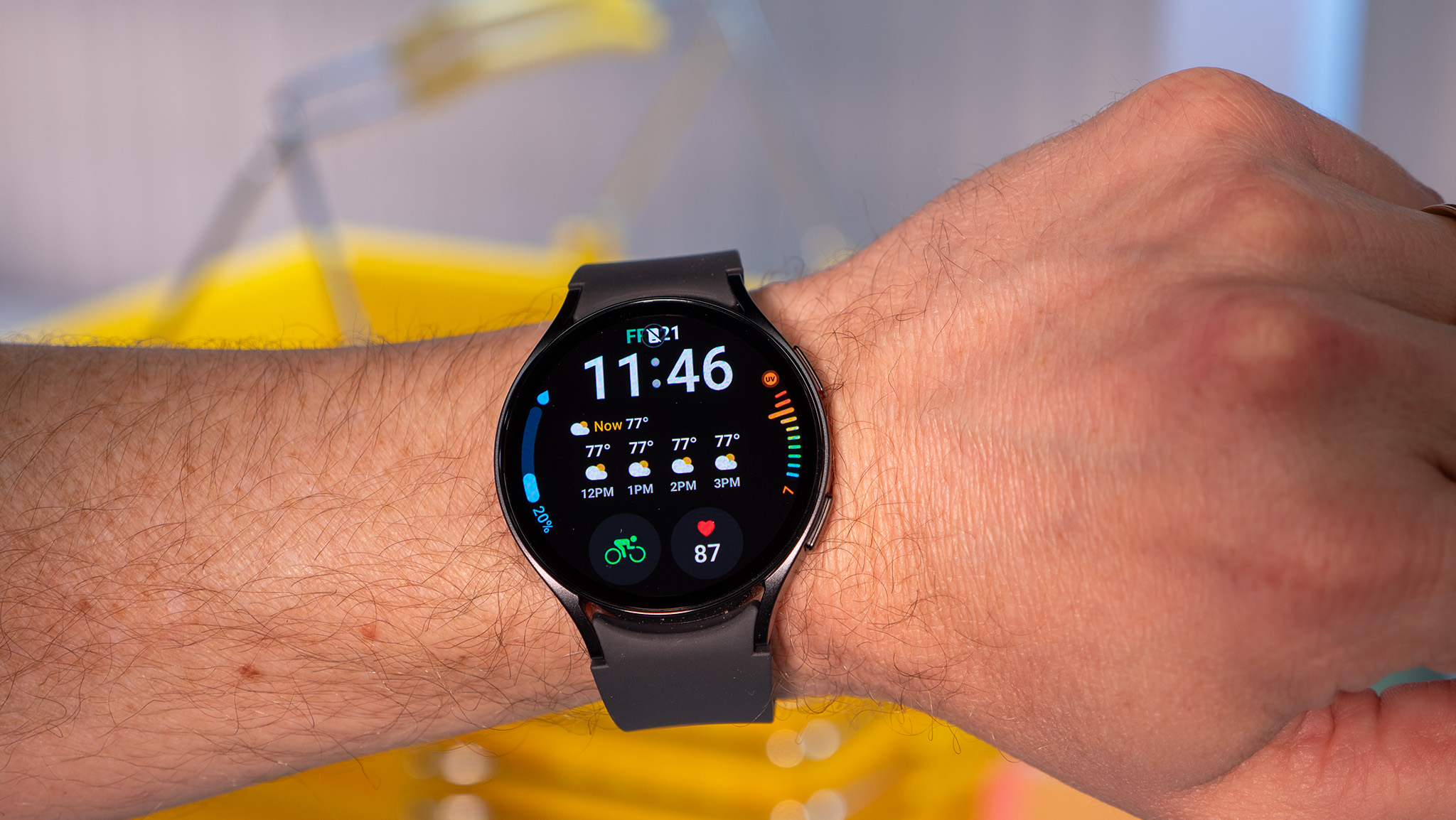
Both watches have AMOLED displays with 60Hz refresh rates and comparable pixel-per-inch (PPI) ratios in the 320–330 range. Still, the Galaxy Watch 6 display has a clear edge over the OnePlus Watch 2 display, for three reasons.
First, it hits 2,000 nits of brightness, while the OnePlus Watch 2 only hits the old 1,000-nit standard. That makes the Watch 6 readable in more contexts, even if our Watch 2 reviewer was satisfied with the brightness.
Second, Samsung shrunk the Galaxy Watch 6 bezels so it maximizes the display space and can make the watch lighter. The 44mm Watch 6 is 3mm smaller and weighs 15.6g/ 0.55oz less but has a larger 1.5-inch display. To be fair, the OnePlus Watch 2's steel materials are partially to blame, but it's also because Samsung's design is more economical.
Third, Samsung gives you the option of using its capacitive bezel along the display's edge to scroll through widgets. We prefer the Watch 6 Classic's physical bezel for more exact controls, but our Watch 6 reviewer noted that the digital bezel was "much more usable" than it was on the Galaxy Watch 5 Pro, with an "instant response" to your sliding finger. Even if it "isn't a perfect solution," it's a nice option in lieu of a crown.

OnePlus could have countered this with its rotating crown on the top right corner, but for whatever reason, it's disabled out of the box. OnePlus would only tell us, "the rotating crown in this device will not be used for navigation," with no context as to why — or whether it'll be enabled in the future. For now, its navigation is entirely dependent on the touchscreen, for better or worse.
Whichever watch you buy, you get the peace of mind of knowing it can withstand most accidents. Each has a MIL-STD-810H rating for durability, IP68 dust and water resistance, and sapphire glass to protect the display.
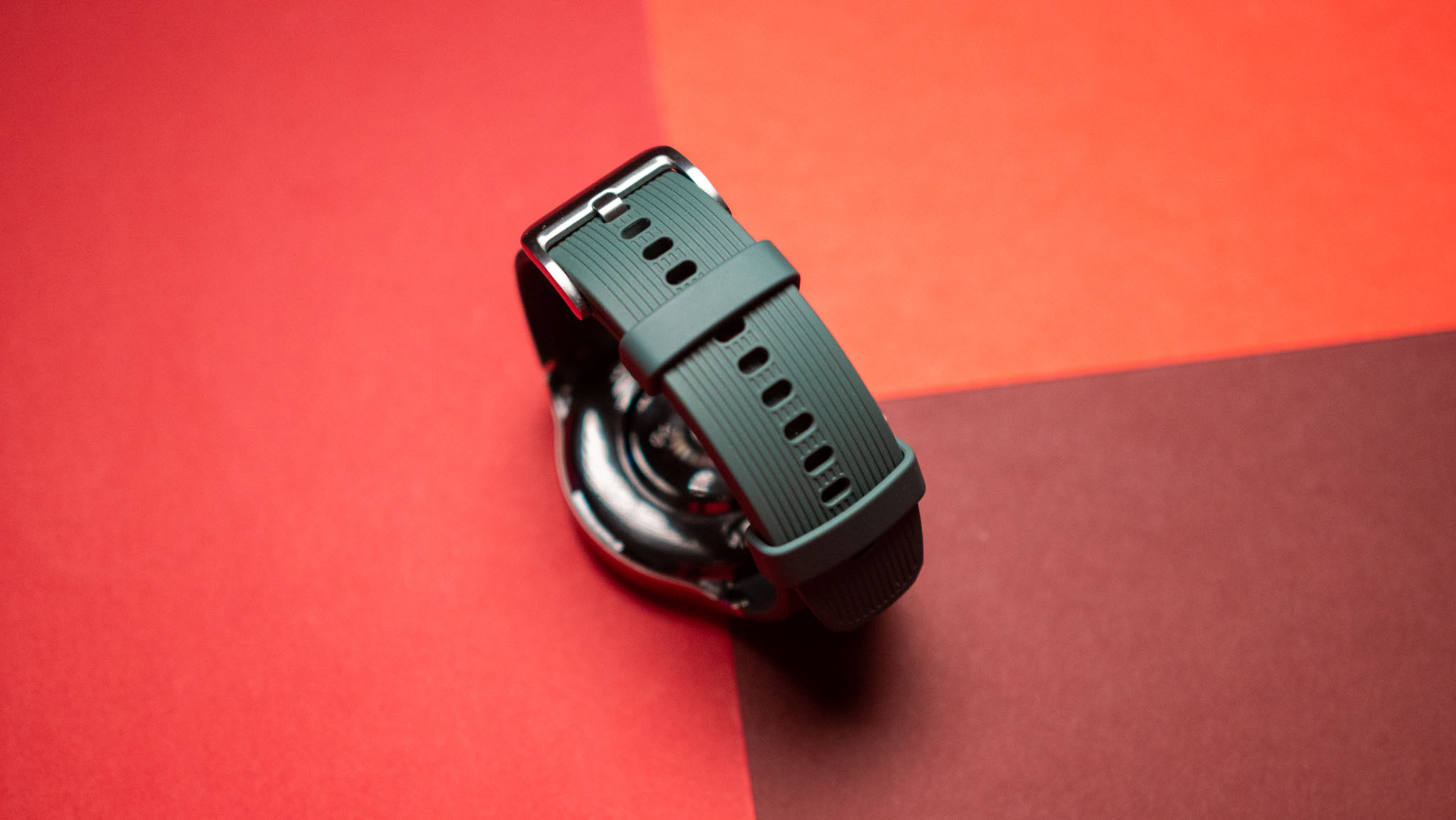
As for your band options, the OnePlus Watch 2 uses 22mm Quick Release, while both Galaxy Watch 6 sizes use 20mm. In either case, you can find plenty of third-party Galaxy Watch 6 bands or OnePlus Watch 2 bands from which to choose.
The upside of the Galaxy Watch 6 is that you have five default band options on Samsung's site — Sport, Extreme Sport, Hybrid Leather D/ Leather T, or Fabric — while OnePlus only offers one fluoro-rubber option out of the box, even if you can switch it later.
OnePlus Watch 2 vs. Galaxy Watch 6: Hardware, performance, and battery life
| Category | OnePlus Watch 2 | Samsung Galaxy Watch 6 |
|---|---|---|
| Processor | Snapdragon W5 + BES 2700 MCU | Samsung Exynos W930 |
| Memory | 2GB RAM + 32GB storage | 2GB RAM + 16GB storage (4GB eMMC for RTOS) |
| OS | Wear OS 4 + RTOS | Wear OS 4 (One UI 5 Watch) |
| Display | 1.43-inch (466x466) AMOLED | 1.3- (432x432) or 1.5-inch (480x480) AMOLED |
| Row 4 - Cell 0 | 326ppi, 1,000 nits, 60Hz | 320–332ppi, 2,000 nits, 60Hz |
| Materials | Stainless steel case and buckle, fluoroelastomer strap | Aluminum case, silicone band |
| Protection | 5ATM, IP68, MIL-STD-810H, 2.5D sapphire crystal glass | 5ATM, IP68, MIL-STD-810H, Sapphire Glass |
| Navigation | Touchscreen, haptic crown, side button | Touchscreen, two buttons, digital bezel (GW6), physical rotating bezel (Classic) |
| Battery | 500mAh (100 hours) | 300mAh or 425mAh (40 hours) |
| Connectivity | Bluetooth 5.0, Wi-Fi 2.4/5GHz, NFC, GPS (Dual-frequency L1 + L5), GLONASS, GALILEO, BeiDou, QZSS | LTE (optional), Bluetooth 5.3, Wi-Fi 2.4/5GHz, NFC, GPS/ GLONASS/ GALILEO/ Beidou |
| Charging | Pogo pin | Wireless |
| Sensors | Accelerometer, altimeter, ambient light, compass, gyroscope, HRM, SpO2 | Accelerometer, altimeter, ambient light, BIA, compass, ECG, gyroscope, HRM, skin temperature, SpO2 |
| Dimensions | 47 x 46.6 x 12.1mm | 38.8 x 40.4 x 12.0mm; 42.8 x 44.4 x 12.0mm |
| Weight | 49g without strap | 28.7g or 33.3g without strap |
| Colors | Black Steel, Radiant Steel | Graphite, Gold (40mm); Graphite, Silver (44mm) |
Before we break down the specifics of the Exynos W930 vs. the Snapdragon W5 Gen 1, remember that benchmarks and clock speeds aren't as important as user experience. OnePlus' Snapdragon chip may have Samsung's Exynos beat on paper, but there's more to the story.
Both chips take advantage of 2GB of RAM, but the Exynos W930 uses a 5nm Cortex-A55 dual-core setup that clocks up to 1.4GHz, while the Snapdragon W5 Gen 1 employs a 4nm, quad-core Cortex-A53 setup that hits up to 1.7GHz, theoretically delivering faster Wear OS 4 performance.
OnePlus also uses an MCU co-processor, the BES2700BP, that is meant for background tasks and employs 4GB of eMMC RAM, separate from the main, battery-guzzline memory. It's how OnePlus can hit 100 hours in regular use, or about three days with AOD active, while the Galaxy Watch 6 only lasts 40 hours with normal settings.
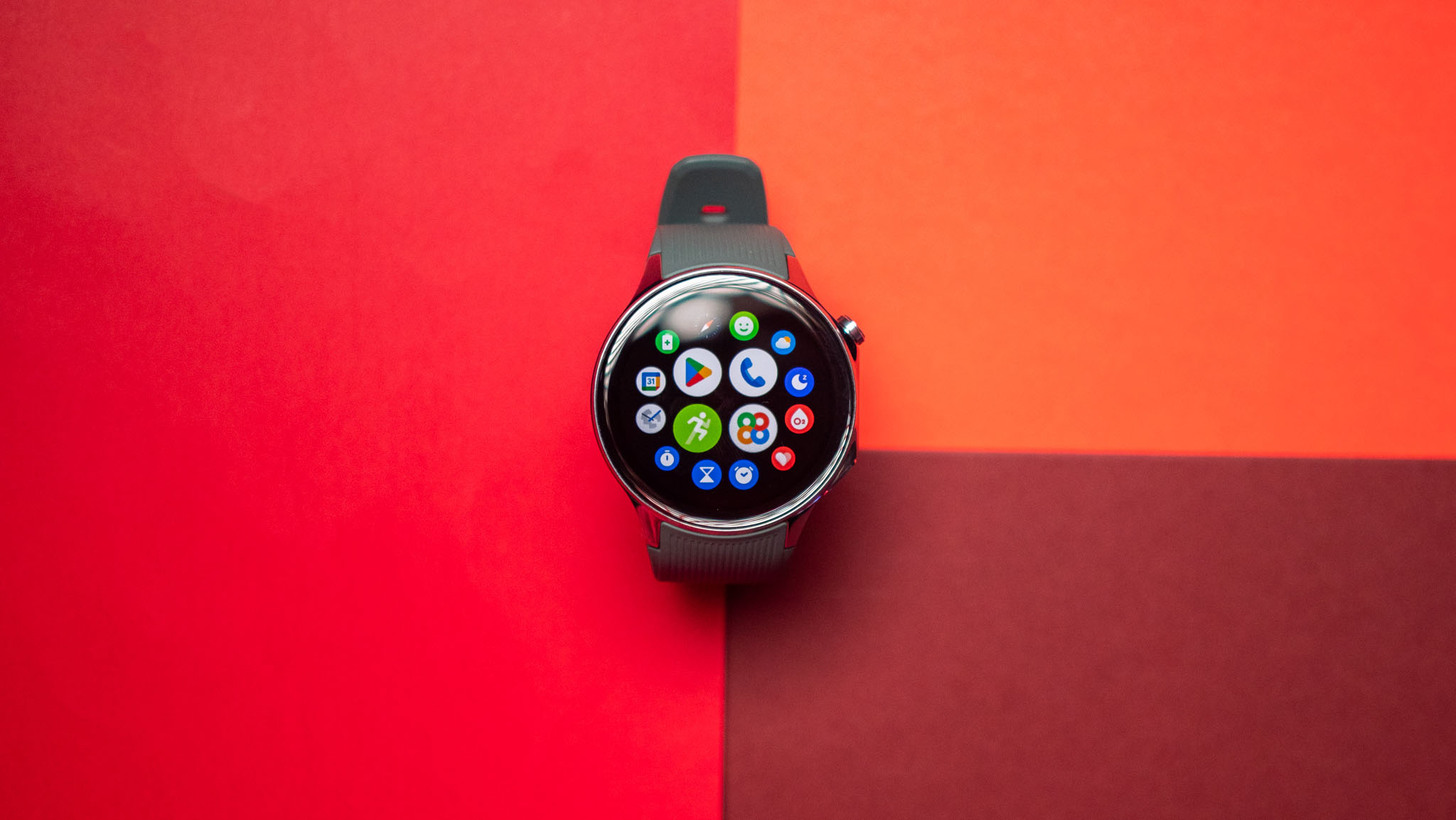
You would assume that means OnePlus wins the performance battle, and our reviewer did praise the "fluid interface" and the seamless switchover between RTOS and Wear OS, likening the OnePlus Watch 2 to a "Nissan Leaf with a V8 in the boot that kicks into action sporadically."
In practice, however, the Watch 2 heavily relies on RTOS more than Wear OS for background tasks, and seems to struggle as a result. Its notification system isn't always reliable, and more importantly, its health and sleep data seems to be inaccurate at times. Sleep summaries are inaccurate, workout results don't show proper data for anaerobic activities, and the stress results were "hilariously bad" by our reviewer's estimation.
We believe these discrepancies occurred because RTOS samples your health data less frequently than other watches in order to last longer per charge.
Would you buy an RTOS watch that occasionally boots into Wear OS, in exchange for a better battery life? That's the question you need to ask, and our OnePlus Watch 2 reviewer did say that it "would have been easier if OnePlus just went with Wear OS on the Watch 2" instead of making things "convoluted."
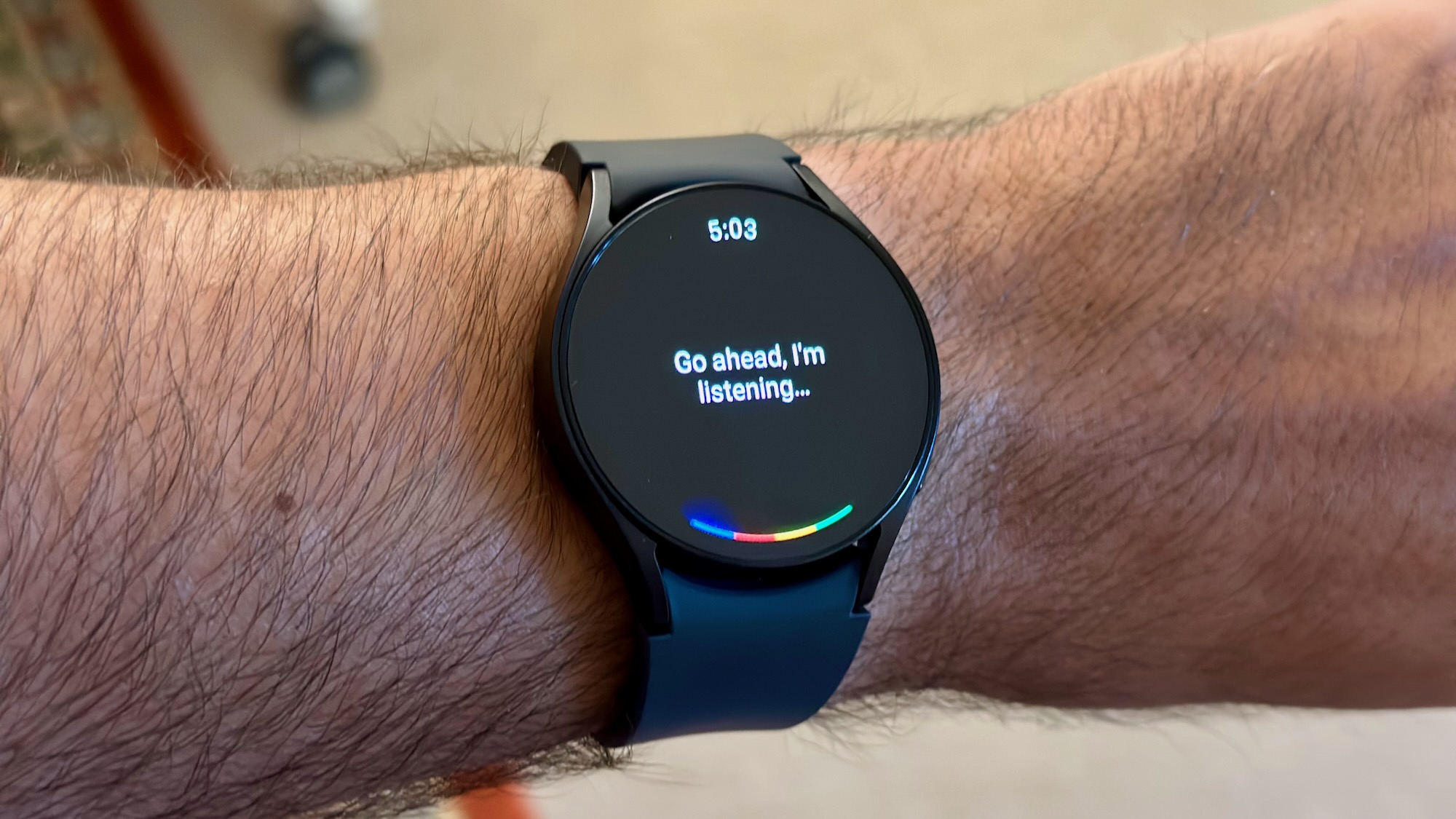
With the Galaxy Watch 6, you have Samsung's patented quality established across six generations of watches. Our reviewer praised the performance boost between the "blazing" Galaxy Watch 5 speeds and the "ever-so-slightly faster" Watch 6, which is less jittery when scrolling between Tiles and faster at loading apps.
You miss out on the extra speed of the Snapdragon W5 chip, and the Exynos W930 lacks a co-processor, meaning it's typically using a good portion of its memory and clock speed for even simple tasks. That makes the Galaxy Watch 6 less efficient than some other Android watches, but also ensures you don't have any delay with health sampling or notification issues.
Generally speaking, the Galaxy Watch 6 performs reliably well, and that's all we can ask for from the best Android watch. We only wish that it offered 32GB of storage, like the OnePlus Watch 2 and most other Android rivals do.
On the flip side, only the Galaxy Watch 6 has an option to upgrade for LTE support, whereas OnePlus chose not to offer it because "sales of these models are usually lower."
OnePlus Watch 2 vs. Galaxy Watch 6: Software and sensors
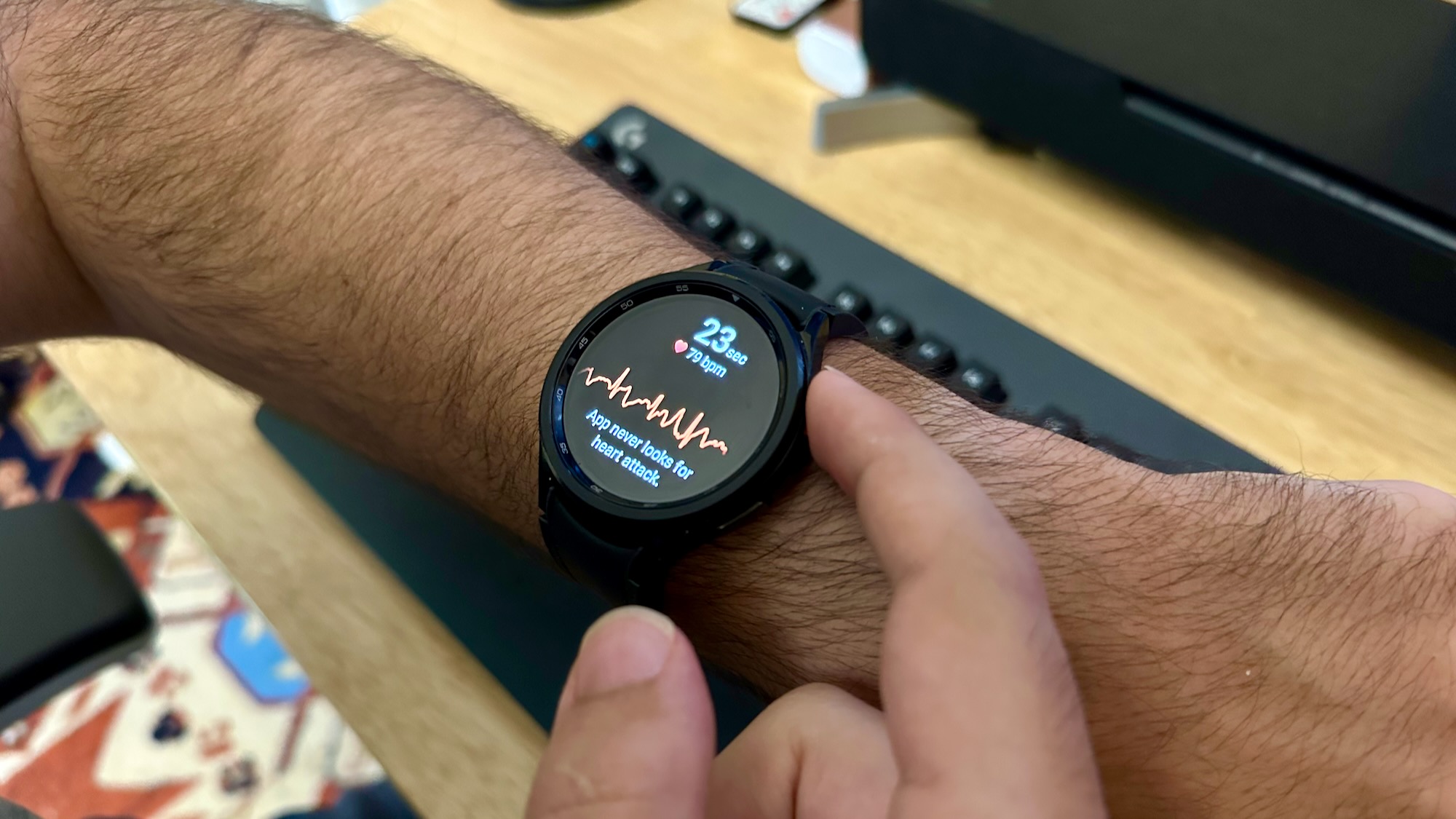
While the original OnePlus Watch relied solely on RTOS and lacked an app store or voice assistant, OnePlus made the right decision by pivoting to Wear OS 4 with the Watch 2. Fans of Google Assistant or Wear OS apps will appreciate that the Watch 2 has a purpose beyond health and fitness tracking — especially because of the issues with its health data outlined above.
Samsung also pivoted from its proprietary Tizen OS to Wear OS with the Galaxy Watch 4. Since then, it's worked closely with Google on new software and typically launches its version of One UI Watch in the summer, with a major update once the next Pixel Watch arrives. So you can expect the Galaxy Watch 6 to get new features when the Galaxy Watch 7 and Pixel Watch 3 arrive.
We bring this up because other Wear OS brands have notoriously struggled to keep up with Samsung and Google for regular OS updates. Samsung has promised the Galaxy Watch 6 will get four OS updates and five years of security updates, while OnePlus has promised two OS updates and three years of security updates.
In other words, you can count on Samsung to deliver its trademark software longevity. OnePlus falls short, but frankly, even two OS updates are better than what most Wear OS watches get, so we hope the OnePlus Watch 2 lives up to this promise and fixes some of its software bugs — like inconsistent notifications — over time.
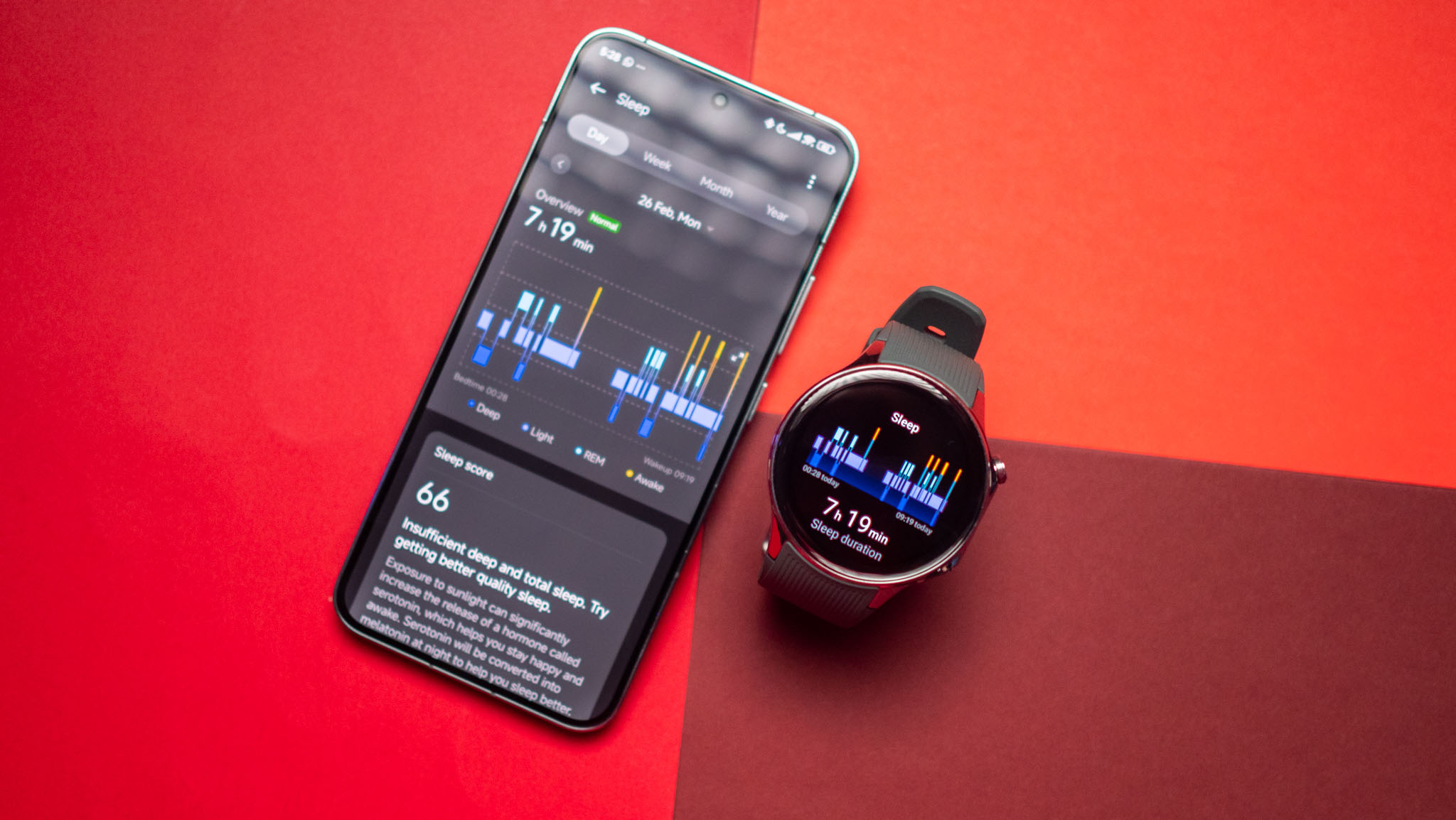
Pivoting to sensors and fitness, both smartwatches have a heart rate monitor, blood oxygen readings, an accelerometer and gyroscope for tracking wrist movement during activities, a barometric altimeter for tracking elevation, a compass for navigation, and an ambient light sensor.
Samsung has a few exclusive tricks: a skin temperature sensor, ECG readings to detect AFib, and a BIA sensor for measuring your body composition. While this is all great in theory, our Galaxy Watch 6 reviewer was frustrated with the inaccuracies for two of these: the watch told him (inaccurately) that he had "mild hypothermia" and that his body fat percentage was much higher than what his Withings scale registered.
More importantly, the Galaxy Watch 6's heart rate data was very accurate for both workouts and daily use, something you can't say for the OnePlus Watch 2. Unfortunately, Samsung makes you download the Health Monitor app through the Galaxy Store to see your AFib readings, a frustrating choice meant to make the Watch 6 more appealing as a companion to the Galaxy S24 Ultra (or other Samsung phones).
As for one specific exclusive in the OnePlus Watch 2's favor, it has dual-frequency GPS tracking for better location accuracy during runs, whereas our Galaxy Watch 6 fitness test found that the GPS-only watch struggled with accuracy compared to a Garmin watch with dual-band tracking.
OnePlus Watch 2 vs. Galaxy Watch 6: Which should you buy?
Multiple Android Central writers on staff who've tested the OnePlus Watch 2 have explained all the ways they love parts of it, but that things never quite came together. OnePlus took its shot to stand out from the pack with its 100-hour battery life, but the resulting issues with tracking and notifications make it harder to recommend.
The Samsung Galaxy Watch 6 has its own health and tracking issues, but we held it to a higher standard because Samsung leads the Android watch pack. Compared to the OnePlus Watch 2, it's much more dependable. And aside from the years of promised software support, the Watch 6 is much more comfortable to wear daily without wearing out your wrist.
Because of that, the Galaxy Watch 6 wins our recommendation over the OnePlus Watch 2, but we'd understand if you choose the latter for its style and endurance. You may also want to look into how the OnePlus Watch 2 compares against the Pixel Watch 2, or look into another long-lived Wear OS 4 watch in the Ticwatch Pro 5.

Enduring and fashionable
OnePlus' new Watch 2 is a new favorite that gives Android watch fans a new option now that Fossil has left the Wear OS game. It also sets a new benchmark for how long Wear OS watches can last, challenging the likes of Samsung and Google to try and compete. That said, we hope that the OnePlus Watch 3 has a bit more polish.

Software supremacy
Samsung's place at the top of the Android smartwatch world remains mostly uncontested. We can always hope that Samsung improves on its battery life with the Galaxy Watch 7, but in the meantime, its 40-hour lifespan is better than other rivals like Apple and Google, and other health data and software intangibles make the Galaxy Watch 6 the watch to beat.

Michael is Android Central's resident expert on wearables and fitness. Before joining Android Central, he freelanced for years at Techradar, Wareable, Windows Central, and Digital Trends. Channeling his love of running, he established himself as an expert on fitness watches, testing and reviewing models from Garmin, Fitbit, Samsung, Apple, COROS, Polar, Amazfit, Suunto, and more.
You must confirm your public display name before commenting
Please logout and then login again, you will then be prompted to enter your display name.
